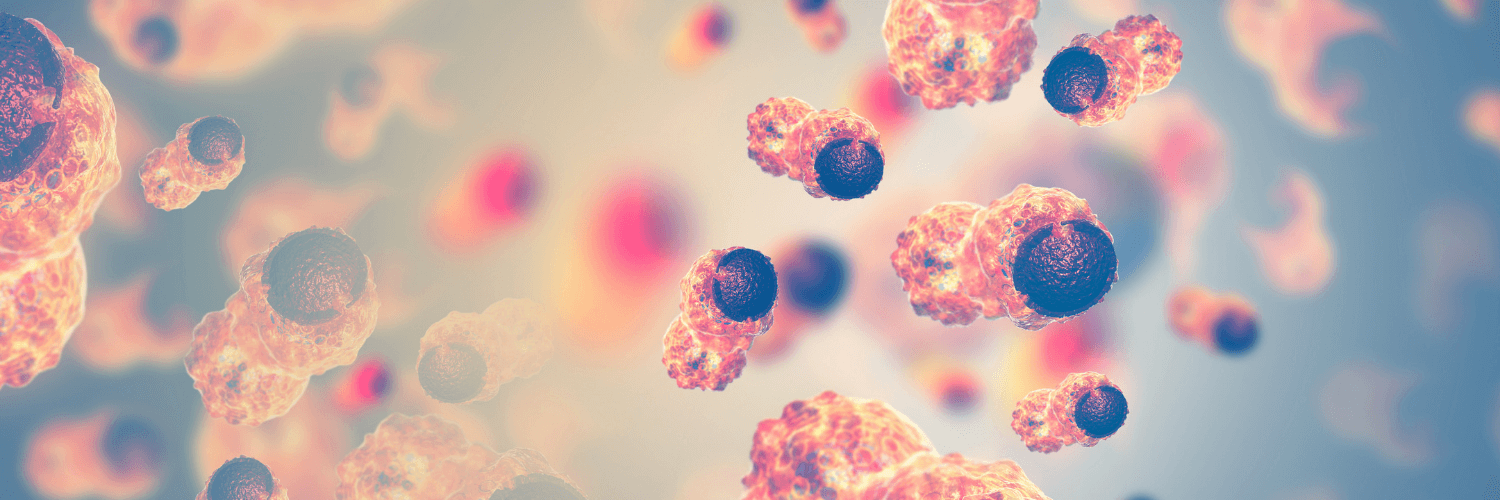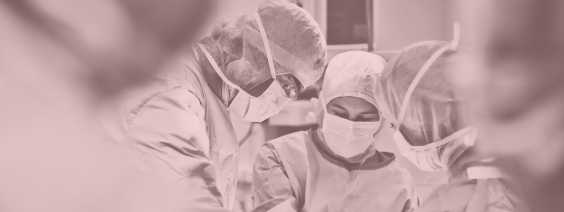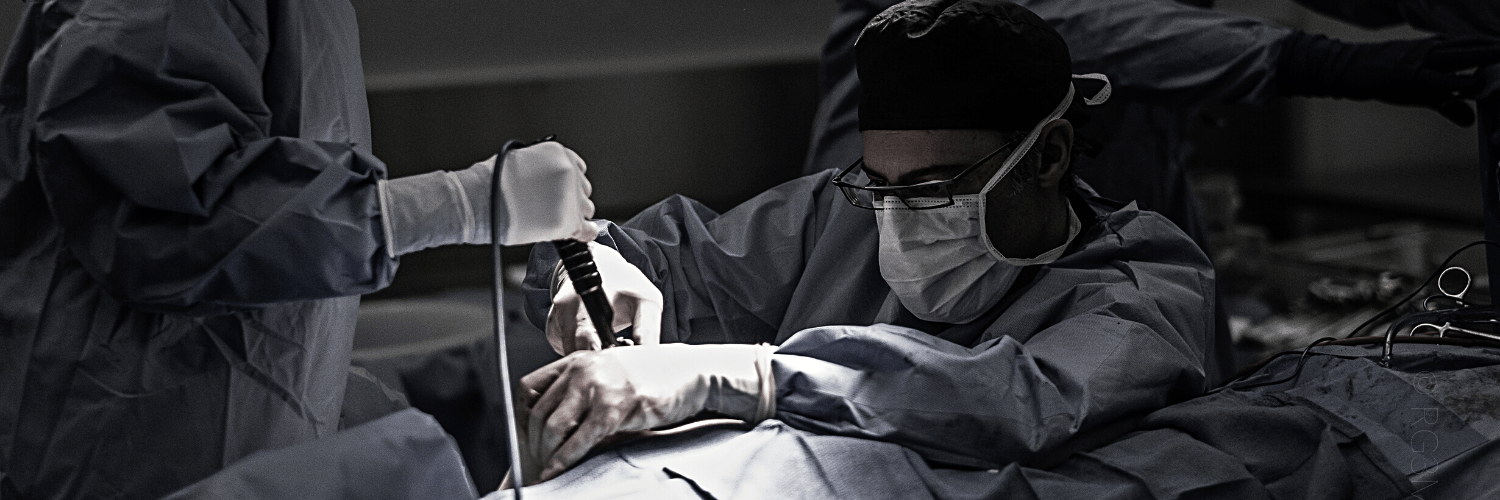
- 0 Comments
- PRMA Plastic Surgery
July 20, 2020
Where can lymph nodes be taken for vascularized lymph node surgery?
In a first-of-its-kind study, Dr. Ochoa and the PRMA research team have concluded that the deep inferior epigastric lymph node basin is a successful and innovative donor site option for Vascularized Lymph Node Transfer.
Lymphedema is a chronic condition where excess fluid collects in the body causing swelling. Most commonly, breast cancer-related lymphedema occurs in the arms. Vascularized Lymph Node Transfer is a procedure used to try and reduce or even eliminate the symptoms of lymphedema. Often times, this procedure is performed in conjunction with DIEP flap breast reconstruction.
This study provides evidence that lymph nodes taken from the DIEP flap donor site are a viable option.
You can read the abstract below:
Introduction: Breast cancer-related extremity lymphedema is a potentially devastating condition. Vascularized lymph node transfer (VLNT) has shown benefit in lymphedema treatment. Due to concerns over potential iatrogenic complications, various donor sites have been described. The current study aims at defining the deep inferior epigastric lymph node basin as a novel donor site for VLNT.
Methods: A retrospective study was performed on patients undergoing routine abdominal based breast reconstruction. Resection of all perivascular adipose and lymphatic tissue surrounding the proximal deep inferior epigastric pedicle was performed at the time of pedicle dissection and submitted for Pathologic evaluation. Patient demographics and pertinent medical/surgical history was obtained from medical records.
Results: Specimens were obtained from 10 consecutive patients. Seven patients underwent bilateral reconstruction for a total of 17 specimens obtained. Mean patient age and BMI were 48 years 9.4 and 27 4.2, respectively. Fourteen out of 17 (82%) specimens contained viable lymph nodes displaying a thin fibrous connective tissue capsule overlying an unremarkable subcapsular sinus with a cortex and paracortex containing germinal centers composed of B lymphocytes, tangible body macrophages, and T-cells. The medullary sinus space displayed a fatty unremarkable hilum. The mean number and size of lymph nodes were 2.6 1.2 nodes/specimen and 3.67 mm 2.3, respectively. All patients experienced an uneventful postoperative course without evidence any of compromised flap viability.
Conclusion: Lacking previous description, the deep inferior epigastric lymph node basin is a readily accessible donor site with significant anatomic advantages for potential VLNT during autologous breast reconstruction
Author: Dr. Minas Chrysopoulo and Courtney Floyd
Vascularized Lymph Node Transfer is a procedure used to try and reduce or even eliminate the symptoms of lymphedema. Often times, this procedure is performed in conjunction with DIEP flap breast reconstruction.
Leave Comment
Sign Up for Our Monthly Newsletter
Continue Reading

Nipple Reconstruction vs 3D Nipple-Areola Tattooing
Nipple Reconstruction vs 3D Nipple-Areola Tattooing May 18, 2022 Share on Facebook Twitter Linkedin For patients who are not candidates or who opt against nipple-sparing mastectomy, One of the several options patients have after breast reconstruction surgery is complete, is to have the appearance of the nipple and areola recreated. When it comes to reconstructing […]

How Early Stage Breast Cancer Spreads to Other Parts of the Body
How Early Stage Breast Cancer Spreads to Other Parts of the Body May 12, 2022 Share on Facebook Twitter Linkedin Researchers believe they may have a new clue on how early-stage breast cancer may spread to other parts of the body. This information is greatly beneficial to understand in the mission to find a cure […]

What to Expect From Your ICG Clinic at PRMA
What to Expect From Your ICG Clinic at PRMA May 09, 2022 Share on Facebook Twitter Linkedin PRMA is at the forefront of lymphedema treatment surgery. Surgery planning starts with a diagnostic consultation with one of our board-certified plastic surgeons. During this appointment, a dye is injected into the lymphatic system so the doctor can […]

Guest Blog: Give Mom “The Gift of Recovery” This Mother’s Day
Guest Blog: Give Mom “The Gift of Recovery” This Mother’s Day May 04, 2022 Share on Facebook Twitter Linkedin On Mother’s Day, we celebrate and honor the woman we call “mom.” If your mom has breast cancer, it’s understandable that you may shower her with extra love and special treatment this Sunday. Sure, in the […]

Can You Make Your Reconstructed Breasts Smaller During Stage 2?
Can You Make Your Reconstructed Breasts Smaller During Stage 2? April 27, 2022 Share on Facebook Twitter Linkedin Breast reconstruction is typically performed in two stages. For implant reconstruction, the first stage begins with a tissue expander being placed. Once optimal breast size is achieved, the tissue expander is replaced with a permanent breast implant. […]

Second Stage Breast Reconstruction – Recovery and What to Expect
Second Stage Breast Reconstruction – Recovery and What to Expect April 19, 2022 Share on Facebook Twitter Linkedin At PRMA Plastic Surgery our board-certified plastic surgeons offer patients the opportunity to have breast reconstruction in two stages. The Revision Stage (stage 2) is typically performed about 3 months after the initial reconstruction as a day […]

Body Image and Breast Reconstruction Complications – Are They Related?
Body Image and Breast Reconstruction Complications – Are They Related? April 11, 2022 Share on Facebook Twitter Linkedin Have you ever heard the expression “if you look good, you feel good?” Well, turns out, there may be some truth in this funny saying! According to many research articles, the state of our psychological health is […]

Do I Have to Wait Until After a Mastectomy Before Having Breast Reconstruction?
Do I Have to Wait Until After a Mastectomy Before Having Breast Reconstruction? April 05, 2022 Share on Facebook Twitter Linkedin A common misconception we often hear at PRMA Plastic Surgery is, “You’ll need to wait until after a mastectomy before having breast reconstruction.” This is not always the case. After breast cancer, many women […]

Is DIEP Flap a Major Surgery?
Is DIEP Flap a Major Surgery? March 16, 2022 Share on Facebook Twitter Linkedin DIEP flap breast reconstruction is considered to be a major surgery. Likewise, most reconstructive surgeries, including implants, can be considered major surgery as well. To avoid patients being put off by the idea of undergoing DIEP flap because it is a […]

Will My Breasts Look Unnatural After Breast Reconstruction?
Will My Breasts Look Unnatural After Breast Reconstruction? March 09, 2022 Share on Facebook Twitter Linkedin A common misconception we often hear at PRMA is, “My breasts will look unnatural after breast reconstruction.” The answer is no. Patients have many options when it comes to breast reconstruction today. These options range from “flap” techniques such […]


No Comments